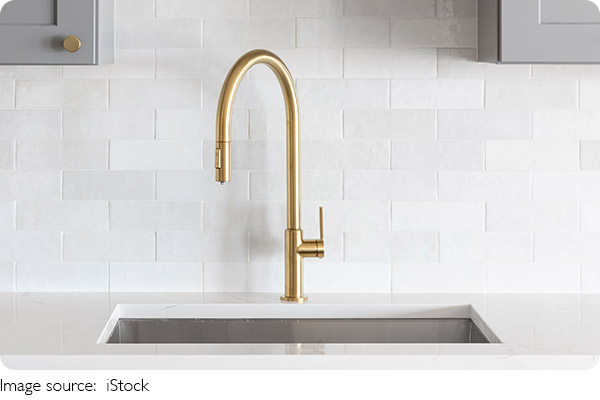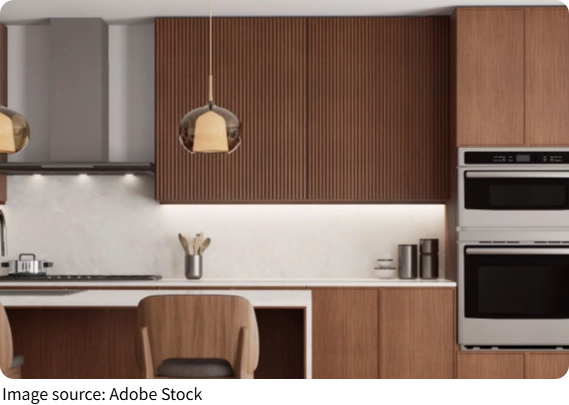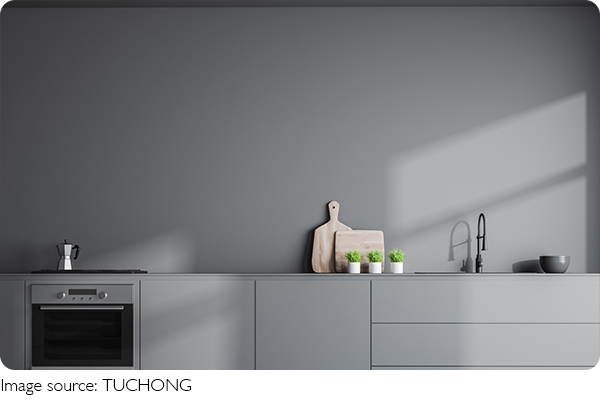Quick Kitchen Cleanup

We all know how quickly grease and oil can accumulate in our kitchen. Whether it's from cooking, frying, or even just daily use, it seems like oil stains always show up at the most inconvenient times.
But don't worry! With a few simple techniques and cleaning methods, we can restore our kitchen surfaces to their shining best. Let's explore how we can tackle kitchen grease and make our cleaning routine a whole lot easier.
Identify the Problem Areas
The first step to cleaning kitchen oil stains is to identify where the oil has built up. Common problem areas include stovetops, range hoods, countertops, and even the walls around the cooking area. These surfaces are more likely to accumulate grease due to splatters, cooking vapors, or simply frequent use. Once we identify these areas, we can begin to target the oil buildup and clean effectively.
Using Basic Household Products
You don't need expensive cleaners to tackle oil stains. In fact, some of the best solutions for cleaning grease are right in our kitchen! For example, vinegar is an excellent natural degreaser. It cuts through grease and helps break it down. We can mix equal parts vinegar and water in a spray bottle and spray the solution onto the greasy surfaces. Let it sit for a few minutes to loosen the grime, and then wipe it away with a clean cloth.
Baking soda is another kitchen hero when it comes to oil stains. Its mild abrasiveness helps scrub away the grease, making it ideal for tougher stains. We can sprinkle baking soda directly onto the oil-stained area, add a bit of water to make a paste, and then scrub the paste into the grease. After scrubbing, wipe the surface clean with a damp cloth.

Specialized Degreasers
If we find that basic methods aren't enough, there are plenty of specialized degreasers available that can tackle tough grease stains. These products are formulated to break down and lift oils from kitchen surfaces. Simply follow the instructions on the product label, and make sure to choose a degreaser that is safe for the materials in our kitchen. For instance, some products are specifically designed for stovetops, while others work best on countertops. Always ensure we read the labels and use the appropriate product for the job.
How to Tackle the Range Hood?
The range hood is one of the most common places where grease builds up. Over time, grease and cooking vapors stick to the surface, making it look grimy. To clean the range hood, we should start by removing the filter. Many range hood filters are dishwasher-safe, so cleaning them is easy. If the grease buildup is particularly heavy, we can soak the filter in hot water with a bit of dish soap before washing it.
For the hood itself, a mixture of vinegar and water works wonders. We can spray the solution onto the surface and wipe it down with a cloth. If the grease is stubborn, we can also use baking soda for a more abrasive scrub.
Cleaning Greasy Walls and Cabinets
Grease can easily spread to the walls and cabinets around the cooking area. These areas often require a little more effort to clean, especially if the grease has been sitting for a long time. A mixture of water and dish soap is usually effective for removing oil stains from painted walls or wooden cabinets. Simply apply the soapy water to the greasy spots and scrub gently with a sponge or cloth.
For stubborn grease on walls, we can try using a more concentrated solution of vinegar and water, or even a small amount of degreaser. Be sure to test any cleaning solution on a hidden area first, particularly on painted walls, to make sure it doesn't damage the surface.
Stovetop Care: Scrubbing the Cooktop
Stovetops, especially those with gas burners, tend to accumulate grease quickly. If the stovetop has removable burners, it's easy to clean them separately. We can soak the burners in hot water with a bit of dish soap to break down the grease before scrubbing them with a non-abrasive sponge. For the stovetop surface itself, a mixture of vinegar and water or a specialized stovetop cleaner will do the trick. After applying the cleaner, use a soft cloth or sponge to scrub the surface clean.
For glass stovetops, we can use a scraper to gently remove any tough grease buildup, but be sure not to scratch the surface. Afterward, a quick wipe with a damp cloth will remove any remaining grease and make the stovetop look like new.

Prevention is Key
Once we've cleaned up the oil stains, we can take steps to prevent grease buildup in the future. Regularly wiping down surfaces after cooking, especially the stovetop and range hood, can help reduce the amount of grease that accumulates. We can also use splatter guards when frying or cooking with oil to keep the grease contained. Keeping our kitchen clean on a daily basis will save us time and effort in the long run.
Final Thoughts
Cleaning kitchen grease doesn't have to be a difficult or time-consuming task. With a few simple products and techniques, we can keep our kitchen surfaces clean and oil-free. Whether we prefer natural solutions like vinegar and baking soda, or we opt for specialized degreasers, it's all about consistency and the right tools. Lykkers, by tackling the grease regularly, we can enjoy a cleaner, more pleasant kitchen to cook in. Happy cleaning!


